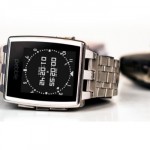Five years ago, launching a decent streaming platform took millions. Now? A teenager with a laptop can build something that reaches millions. That shift…
Sony announces Z1 Compact, Z1S, Core ‘fitness tracker’ and more [CES2014]

Sony has just finished its press conference at this year’s CES and largely continued the overarching story, which, so far, has been all about 4K. The company harped on its “scene to screen” coverage of all things UHD, ranging from production to screening.
Sony laid out its plans for this year and highlighted its TV, smartphone and camera lineup, and had something to say about wearables as well.
TV
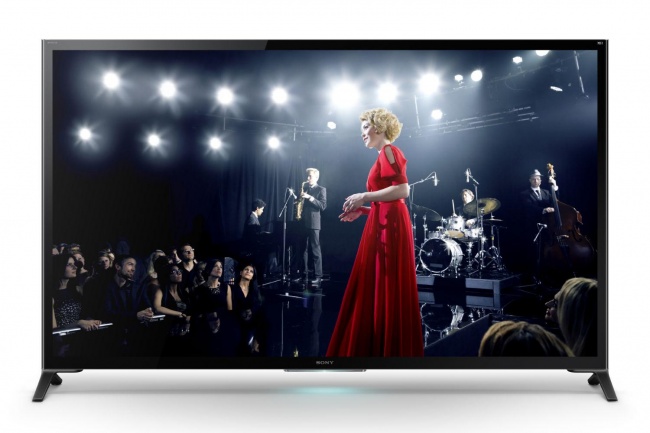
Sony has been distributing 4K to Bravia TVs through its Video Unlimited service. Today, it expanded its online distribution with announcement of a Netflix partnership.
Yup, it turns out LG wasn’t the only big company that had a new 4K partnership with Netflix to announce. Reed Hastings was on stage again, this time with the people from Sony to announce that the two companies have been collaborating to deliver 4K movies to Sony’s UHD Bravia range over connections as low as 15 Megabits per second – not exactly in reach of everyone, but it’s a start.
Sony also announced that it has been working with YouTube to build the VP9 codec into its televisions.
Speaking of Sony’s televisions, the company announced three new 4K TVs, the XBR-X950B, XBR-X900B and XBR-X850B ranging from 55 to 85 inches. Perhaps most refreshingly, none of them are curved.
Complementing Sony’s UHD lineup, the company also announced the full HD W950B-, W850B-, W800B- and W600B-series line.
Smartphones
Sony announced the Z1 Compact and the Z1S – a version of the Z1 which will be coming to the US.
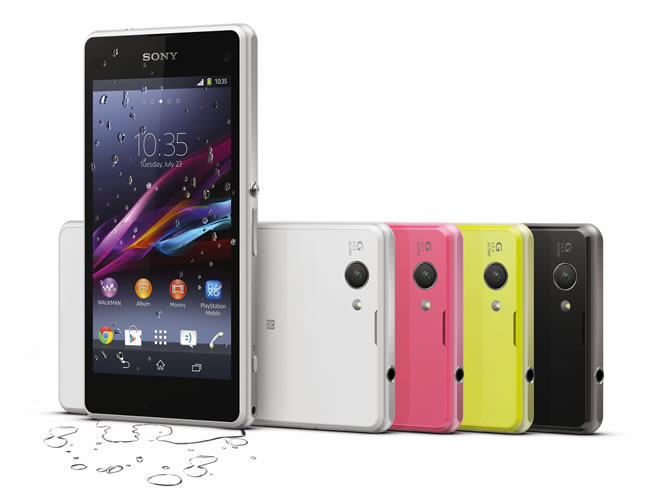
The Z1 Compact, like the name suggests is a smaller version of Sony’s flagship Z1. The colourful phone – it comes in bright lime and pink – has a waterproof design and contains Sony’s award-winning “G Lens”, 20.7 MP “Exmor RS for mobile” CMOS image sensor and “BIONZ for mobile” image processing engine.
The display 4.3-inch HD display is also apparently pretty spectacular.
Sony gave us one less reason to hold onto our phone ecosystem. Its Xperia Transfer Mobile application supposedly allows for easy phone-to-phone transfer of contacts, content and apps from existing iOS and Android smartphones.
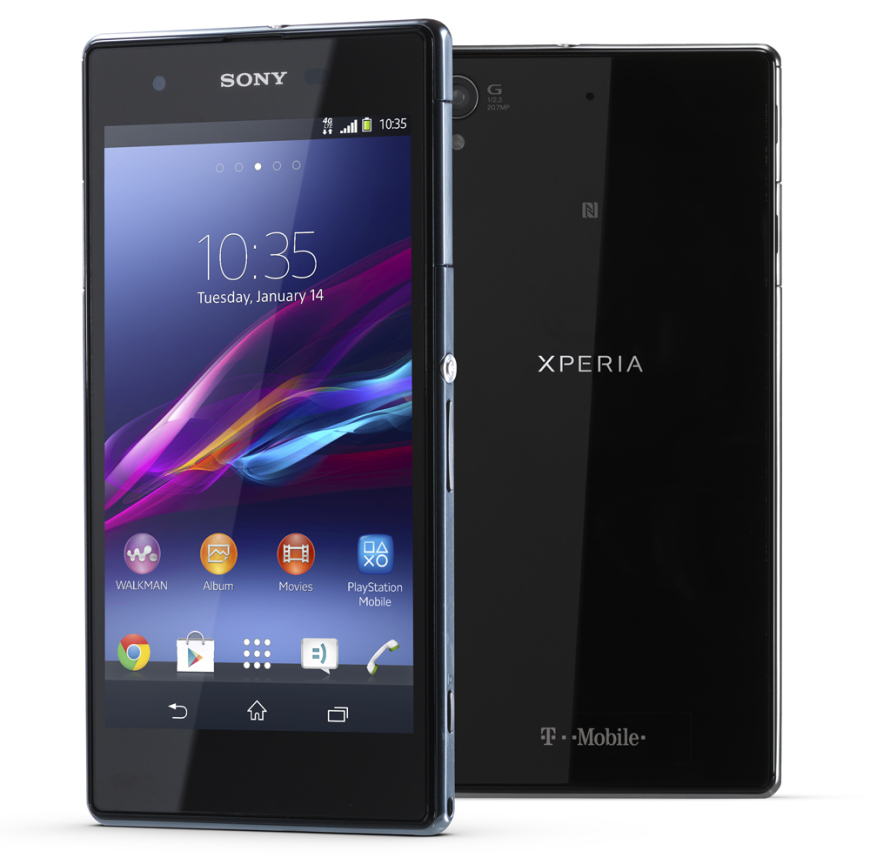
The Z1S is different to the Xperia Z1 in a few ways. The Z1S is totally waterproof – not just water-resistant.
Key specs include a 2.2GHz quad-core Snapdragon 800 processor, a 3000mAh battery, a 5-inch full HD display, the same 20.7-megapixel camera as is standard on all Z1 Sony phones, and it all runs on Android 4.3 Jelly Bean.
T-Mobile will begin selling the Xperia Z1S on 22 January for US$0 down and 24 monthly payments of US$22, which total US$528.
Cameras and camcorders
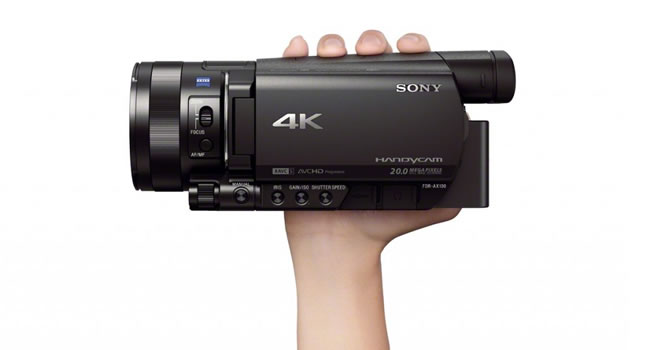
Sony introduced the FDR-AX100 4K camcorder which is 74% smaller and 66% lighter than the recently announced FDR-AX1 model, but still manages to pack a punch. Sony’s AX100 model is the first 4K Handycam to feature a large, 14.2 effective megapixel back-illuminated 1.0-type Exmor R CMOS sensor.
Next up was a new wearable Action Cam with full HD image capture called the HDR-AS100V. It has high-speed shooting modes, and a high-quality still camera – all combined in a splash-proof body.
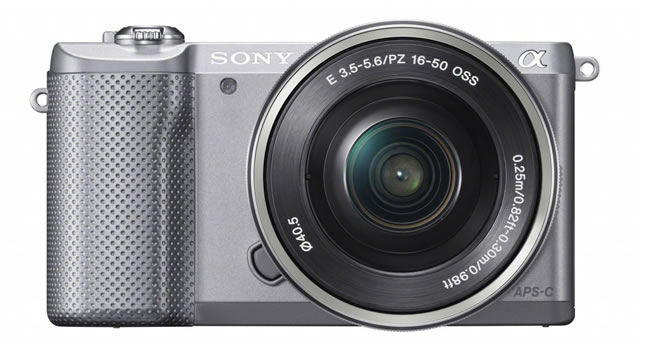
Finally, Sony revealed the successor to the NEX range. The α5000 camera (model ILCE-5000) is apparently “the world’s lightest interchangeable lens camera to feature the convenience of WiFi connectivity.”
The camera features a large 20.1 MP APS-C sized sensor that is paired with a new-generation BIONZ X processor – incidentally the same processor in the award-winning Sony α7 and α7R full-frame cameras.
Wearables
Sony introduced the Core. Essentially a fitness tracking device, Sony plans to put the tiny chip into a bunch of different devices, the first of which is a smartband. To start it will serve the same function as other fitness wristbands, but it will also include a life journal aspect through an app called Lifelog.
During the presentation Sony said that it’s still hazy on where it will all go, but Sony is working with hardware partners to embed the Core technology into other hardware makers – essentially becoming the technology that powers a range of new smart devices.
